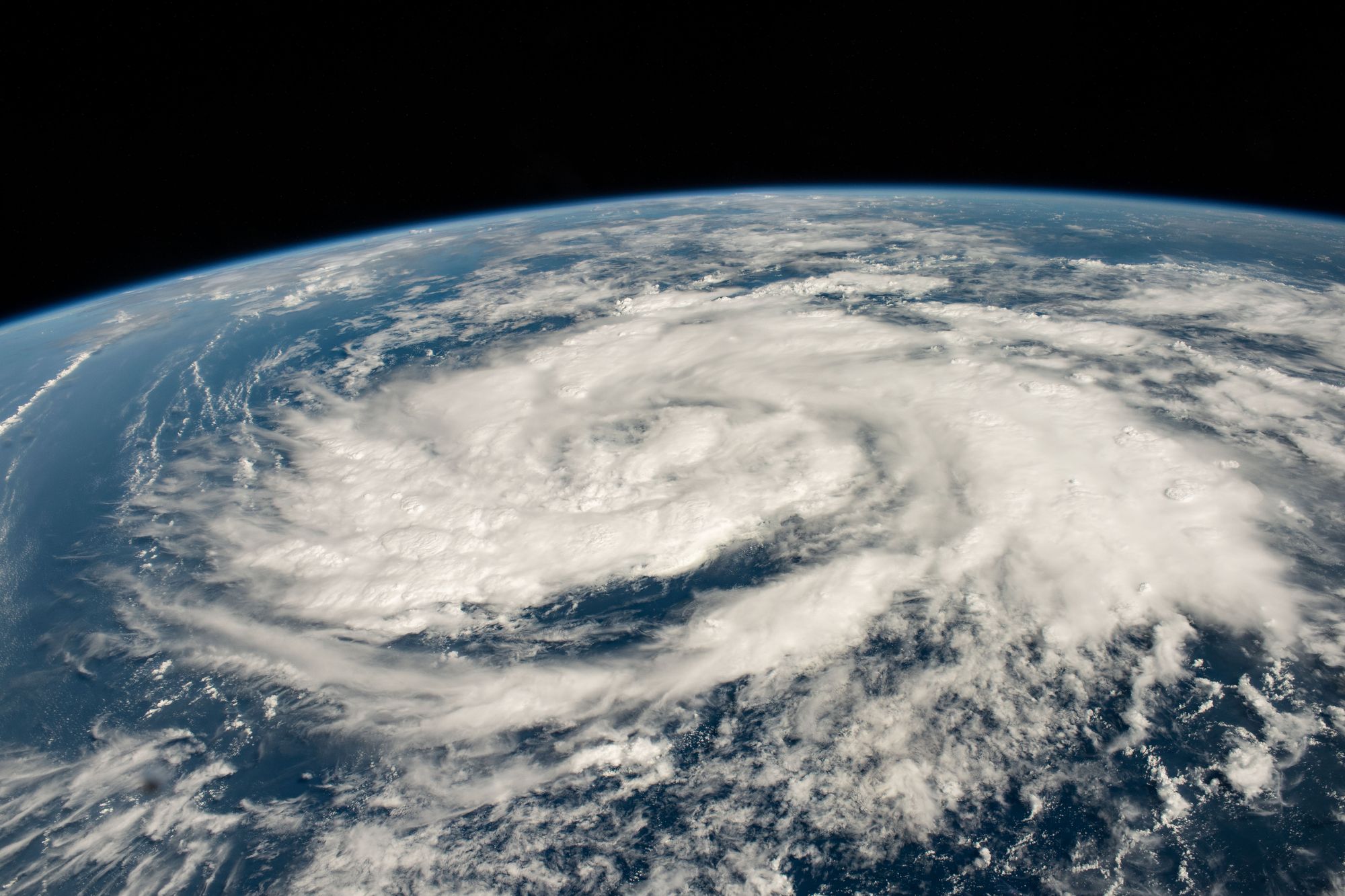Airbnb is using AI to crack down on Halloween parties in Toronto. Here’s how it works
By Lucas Casaletto | City News Everywhere

Airbnb says it’s using artificial intelligence to impede “disruptive and unauthorized” parties in Toronto ahead of Halloween and the upcoming weekend.
The vacation rental company has implemented what it calls an AI-driven anti-party system across North America. Last year, the party-prevention approach blocked thousands of renters around this time.
The AI learning system blocks certain one-night and two-night reservations over Halloween for entire home listings in Toronto and throughout Canada.
An Airbnb spokesperson says the AI technology observes hundreds of signals of a booking attempt that could indicate a higher risk for what the company calls a “disruptive or unauthorized party incident,” including the length of the trip, the distance to the listing, and whether the booking is last-minute.
People Are Buying More Experiences Than Things. I Tried the Viral Brand That Wants to Change the Way We Hear Them
by AMANDA BREEN | Entreprenuer.com

We're living in an experience economy. Increasingly, people who have to choose between a material good, like a new pair of shoes, or an experiential one, like a ticket to a concert, opt for the latter, according to analysis from McKinsey & Company.
Why? Millennials are now the largest spending cohort, and several factors motivate their investment in experiences — including the overall pursuit of happiness, per the data. And spending on experiences over possessions does lead to more immediate happiness, research from the McCombs School of Business at The University of Texas at Austin found.
"Think about it: When you ask older people what matters most in life, it's always the moments they've shared and the bonds they've formed that light up their memories, not the things they've bought," says Loop Earplugs co-founder Maarten Bodewes.
If alien life is artificially intelligent, it may be stranger than we can imagine
By Martin Rees | BBC

It's taken more than four billion years for intelligent life to emerge by natural selection on Earth, but there are billions more years ahead in our planet's lifetime. Over that time, intelligence could develop in entirely new directions.
We human beings may be near the end of Darwinian evolution – no longer required to become the fittest to survive – but technological evolution of artificially intelligent minds is only just beginning. It may be only one or two more centuries before humans are overtaken or transcended by inorganic intelligence. If this happens, our species would have been just a brief interlude in Earth's history before the machines take over.
That raises a profound question about the wider cosmos: are aliens more likely to be flesh and blood like us, or something more artificial? And if they are more like machines, what would they be like and how might we detect them?
🌙 NASA - Best Photo from Last Week
Observing Storms from the International Space Station

While the International Space Station orbited 260 miles above Earth on Oct. 20, 2023, astronaut Jasmin Moghbeli snapped this image of a storm in the Arabian Sea, less than 700 miles off the coast of Oman. In addition to photographing our planet from the space station, NASA also observes Earth with satellites. These satellites collect data on storms that scientists can then use to create near real-time products to support disaster response.
For example, NASA and JAXA’s (Japan Aerospace Exploration Agency) Global Precipitation Measurement (GPM) satellite frequently observes the structure of precipitation within tropical cyclones and hurricanes, and the Integrated Multi-Satellite Retrievals for GPM product maps their intense rainfall rates over time to provide situational awareness for potential flood events. Following landfall, optical data collected by the Aqua, Terra, Landsat, or Suomi NPP satellites can map the extent and severity of flooding – and should clouds obscure the region, SAR data from ESA Sentinel satellites or NASA Airborne Science instruments can also be used to detect flooding. In addition to giving insights into how storms form and intensify, NASA satellites also supply key inputs to weather models to help generate life-saving forecasts.
Image Credit: NASA/Jasmin Moghbeli


Disclaimer: None of the content in this newsletter is meant to be financial advice. Please do your own due diligence before taking any action related to content within this article.
Disclaimer: Unbound is reader-supported. When you buy through links on our site, we may earn an affiliate commission.






